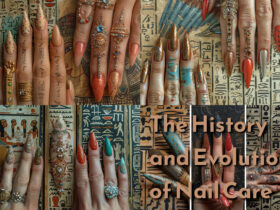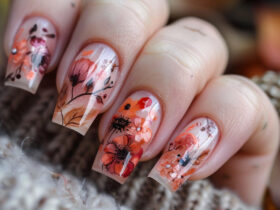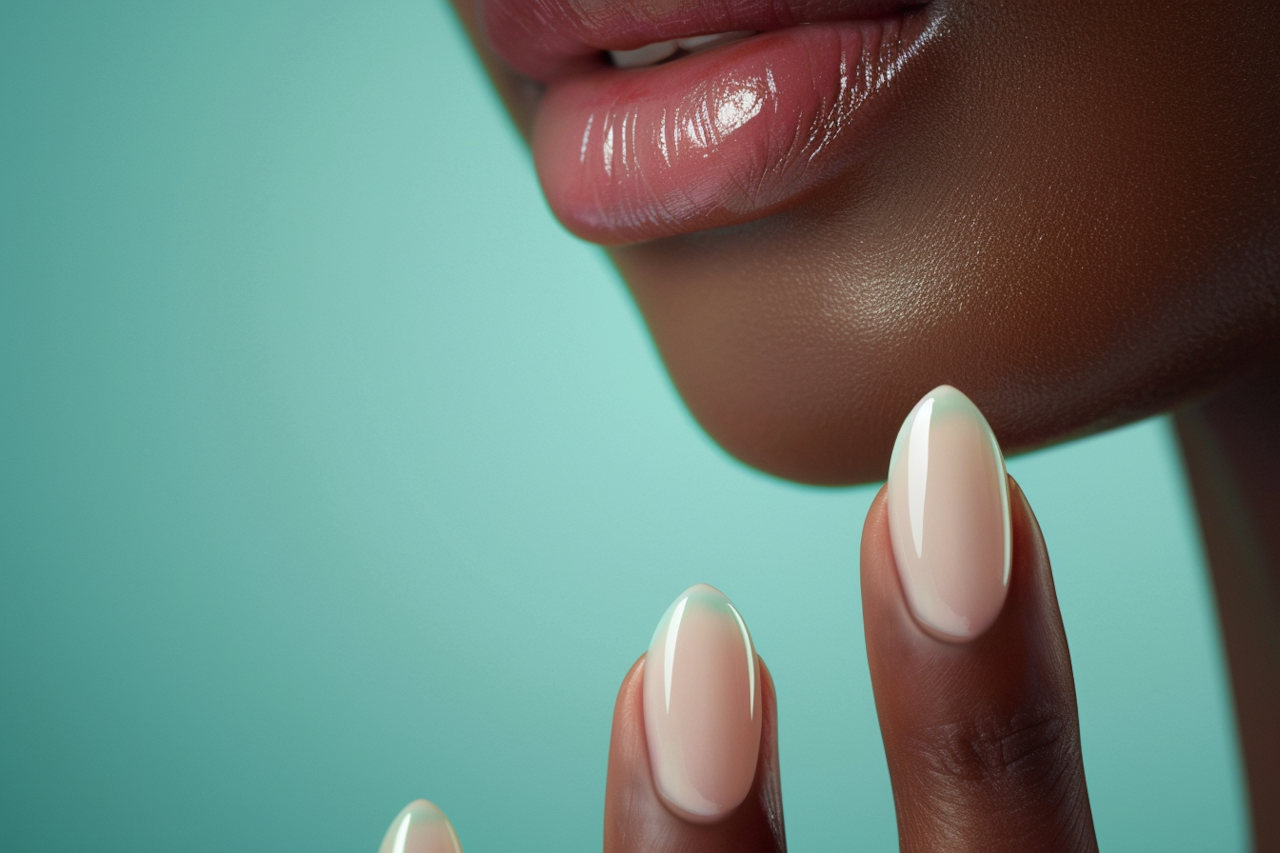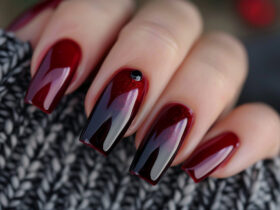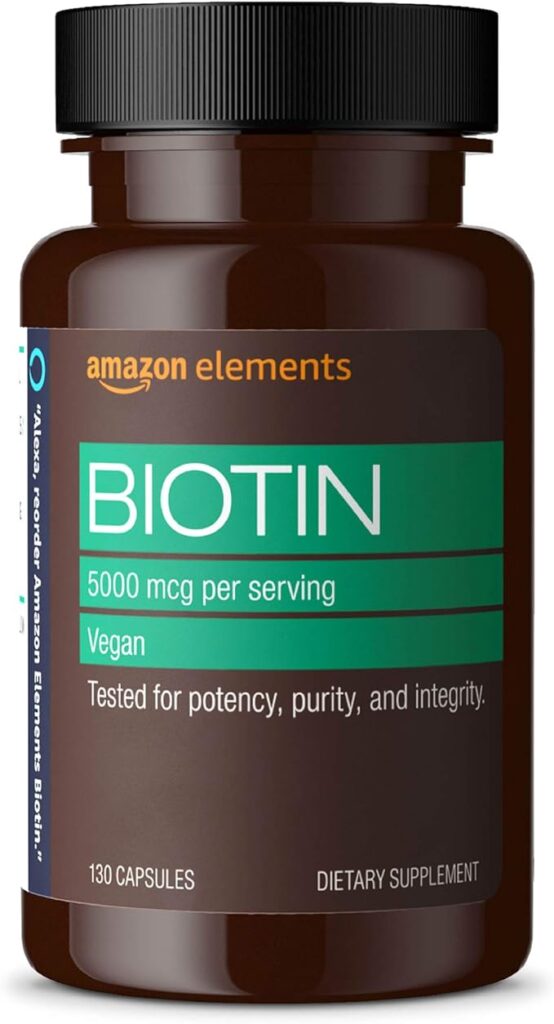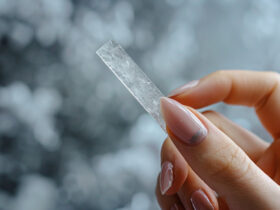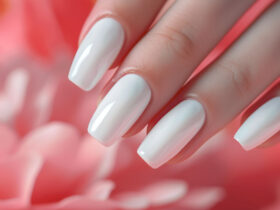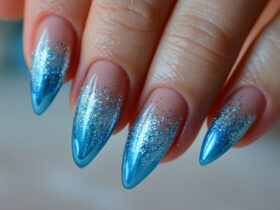The Science Behind Nail Growth: What Really Works
Nail growth is a fascinating biological process that is often overlooked despite its importance to our overall health and appearance. Many women seek out ways to grow longer, stronger nails, but achieving this goal requires more than just applying topical treatments. Understanding the science behind nail growth can help you make informed decisions that truly support healthy nails.
Key Takeaway:
Nail growth is influenced by a combination of genetic factors, nutrition, and proper care. Understanding the science behind how nails grow and what impacts their health can help you adopt effective practices to enhance nail growth and maintain strong, healthy nails.
1. Anatomy of a Nail: Understanding the Basics
To understand nail growth, it’s crucial to first grasp the basic anatomy of a nail. The human nail is composed of several key parts:
- Nail Plate: The visible, hard part of the nail made primarily of a protein called keratin.
- Nail Bed: The skin underneath the nail plate, rich in blood vessels, providing the nutrients necessary for nail growth.
- Matrix: The root of the nail located under the cuticle, responsible for producing new cells that make the nail grow.
- Cuticle: A thin layer of tissue at the base of the nail that protects the matrix.
- Lunula: The white, crescent-shaped area at the base of the nail, which is part of the matrix.
2. How Nails Grow: The Biological Process
Nail growth starts in the matrix, where new cells are constantly being produced. These cells are packed with keratin, which hardens as the cells push up and out from the nail bed. This process is similar to how hair grows. The average rate of nail growth is about 3.47 mm per month, although this can vary based on several factors.
3. Factors Affecting Nail Growth
Several factors can influence the rate and quality of nail growth:
- Genetics: Your genetic makeup plays a significant role in determining how fast your nails grow and their overall strength.
- Age: Nails tend to grow faster in younger individuals and slow down with age.
- Nutrition: A balanced diet rich in essential vitamins and minerals is crucial for healthy nail growth.
- Health Conditions: Certain health conditions, such as thyroid disorders or anemia, can affect nail growth and quality.
- External Damage: Frequent exposure to water, harsh chemicals, or trauma can weaken nails and impede their growth.
4. The Role of Nutrition in Nail Growth
Nutrition is one of the most critical factors in promoting healthy nail growth. Here’s a breakdown of key nutrients that support nail health:
| Nutrient | Role in Nail Growth | Sources |
|---|---|---|
| Biotin | Strengthens nails and prevents brittleness | Eggs, nuts, seeds, and salmon |
| Protein | Provides the building blocks (amino acids) for keratin | Lean meats, beans, and dairy |
| Iron | Essential for the production of hemoglobin, which supplies oxygen to the nails | Red meat, spinach, and legumes |
| Zinc | Supports nail growth and repair | Oysters, pumpkin seeds, and whole grains |
| Vitamin E | Protects nails from damage by free radicals | Almonds, sunflower seeds, and avocados |
| Omega-3 | Keeps the nail bed hydrated and reduces inflammation | Fatty fish, flaxseeds, and walnuts |
5. Myths and Facts About Nail Growth
There are numerous myths surrounding nail growth. Let’s debunk some of the most common ones:
- Myth: Cutting your nails makes them grow faster.
Fact: Nail trimming does not affect the rate of growth, but it does help prevent breakage, which can make nails appear to grow faster. - Myth: Nail polish hinders nail growth.
Fact: While some chemicals in nail polish can damage nails over time, occasional use does not significantly affect nail growth. - Myth: Gel and acrylic nails damage your natural nails permanently.
Fact: If applied and removed correctly, gel and acrylic nails should not cause long-term damage. However, frequent use without proper care can weaken natural nails.
6. Effective Practices to Enhance Nail Growth
While you can’t change your genetics, you can adopt practices to support healthy nail growth:
- Maintain a Balanced Diet: Ensure your diet includes the nutrients essential for nail health.
- Hydrate Your Nails: Regularly moisturizing your nails and cuticles can prevent dryness and breakage.
- Protect Your Nails: Wear gloves when doing household chores or when exposed to harsh chemicals.
- Avoid Over-Moisturizing: While moisture is essential, excessive exposure to water can weaken nails, making them more prone to breakage.
- Practice Good Nail Hygiene: Keep your nails clean and trim them regularly to prevent damage.
7. The Impact of Health on Nail Growth
Your overall health can have a significant impact on nail growth. For instance:
- Thyroid Disorders: Hypothyroidism can cause brittle nails and slow growth.
- Anemia: Iron deficiency anemia can lead to thin, weak nails that break easily.
- Diabetes: Poor blood circulation associated with diabetes can affect nail growth and health.
8. Topical Treatments: What Works and What Doesn’t
Topical treatments can be beneficial, but it’s important to manage expectations:
- Cuticle Oils: Rich in vitamins and moisturizing agents, these can improve nail health and prevent breakage.
- Nail Hardeners: These can temporarily strengthen nails but may cause brittleness if overused.
- Biotin Supplements: Some studies suggest that biotin supplements can improve nail thickness and reduce breakage, although results may vary.
9. How Hormones Influence Nail Growth
Hormonal changes, such as those during pregnancy, menopause, or hormone therapy, can influence nail growth. During pregnancy, for example, increased estrogen levels can lead to faster nail growth, while menopause may slow it down due to decreased estrogen.
10. Seasonal Changes and Nail Growth
Nail growth can vary with the seasons. Nails tend to grow faster in the summer due to increased blood circulation from higher temperatures and slower in the winter when circulation is reduced.
11. Recognizing Signs of Unhealthy Nails
It’s essential to recognize when your nails are signaling a problem. Common signs include:
- Discoloration: Yellow, white, or brown nails may indicate fungal infections or other health issues.
- Ridges or Grooves: Vertical ridges are common with aging, but deep grooves (Beau’s lines) can indicate underlying health conditions.
- Splitting or Peeling: This could be a sign of vitamin deficiencies or overexposure to moisture.
12. Professional Treatments for Nail Health
Sometimes, professional treatments are necessary:
- Manicures: Regular manicures can help maintain nail health if done correctly, avoiding aggressive filing or cutting.
- Medical Consultation: If you notice persistent issues with your nails, such as thickening, discoloration, or pain, it’s best to consult a healthcare professional.
13. Environmental Factors and Nail Health
Exposure to environmental factors like pollution, UV rays, and chemicals can affect nail health. It’s important to protect your nails from these elements by wearing gloves, applying sunscreen to your hands, and avoiding harsh chemicals.
14. Daily Habits for Healthy Nails
Incorporating simple habits into your daily routine can make a big difference in nail health:
- Avoid Biting Nails: This not only damages the nail plate but also introduces bacteria that can lead to infections.
- Use Nail Tools Properly: Always use clean, sharp tools and avoid using your nails as tools to open things.
15. Conclusion: The Path to Strong, Healthy Nails
Achieving strong, healthy nails requires a holistic approach. By understanding the science behind nail growth and incorporating practices that support nail health, you can improve the length and strength of your nails over time. Remember, consistency is key, and taking care of your overall health will naturally reflect in the condition of your nails.
Sources:
- American Academy of Dermatology Association (AAD). (2023). “Nail Care: Do’s and Don’ts.”
- Journal of Cosmetic Dermatology. (2021). “The Role of Biotin in Hair and Nail Health.”
- PubMed Central. (2022). “The Impact of Nutritional Deficiencies on Nail Health.”


